Explore our resources to learn best practices, gain perspective and have productive conversations at work.
COMBLU REPORTS & PERSPECTIVES ▼
Industry and brand insights and assessments on digital CX, content publishing, thought leadership, community engagement and social business strategies.
COMBLU POCKET GUIDES ▼
Frequently asked about strategies, definitions and frameworks to facilitate communication and collaboration with your colleagues.
COMBLU REPORTS AND PERSPECTIVES
FEATURED REPORT
The Generational Buyer Persona Guide examines the four generations in the workplace and how they impact the buyer’s journey.
Browse our evergreen studies, frameworks and how-to guides.
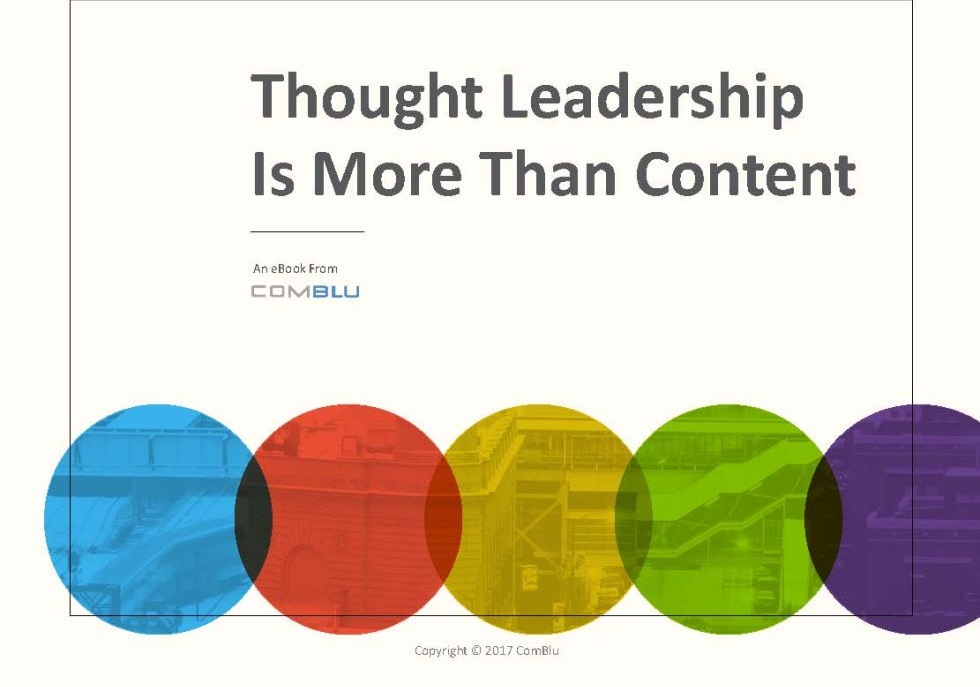
THOUGHT LEADERSHIP IS MORE THAN CONTENT
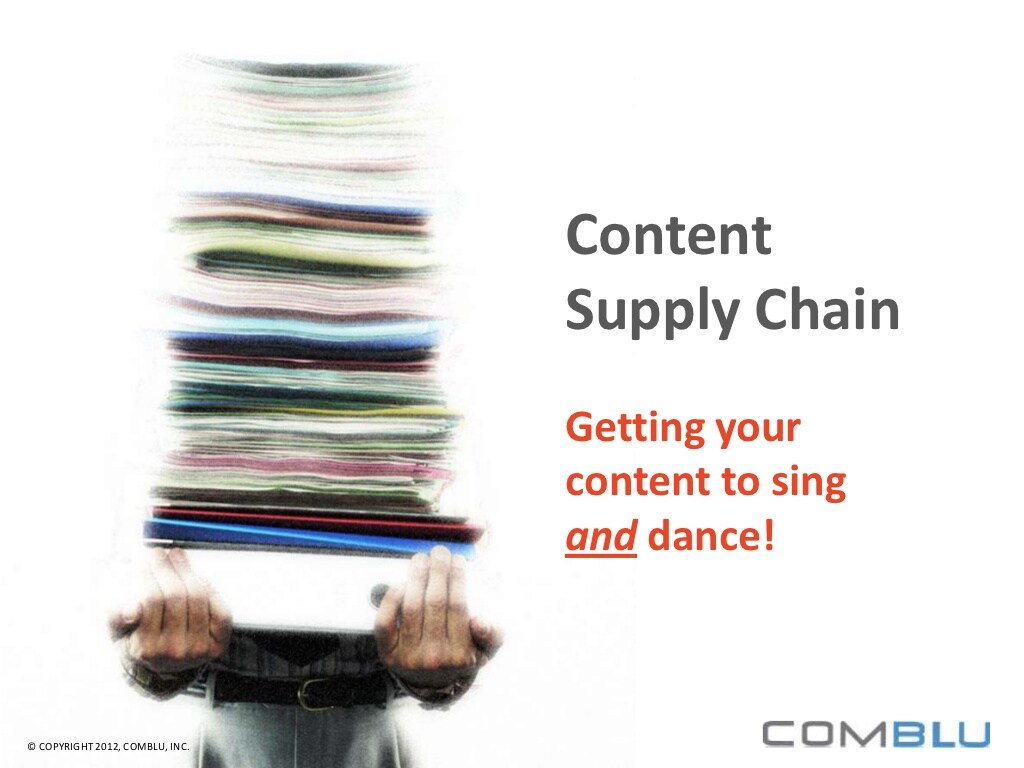
CONTENT SUPPLY CHAIN

BUYING CENTERS GENERATIONS MATRIX 2022
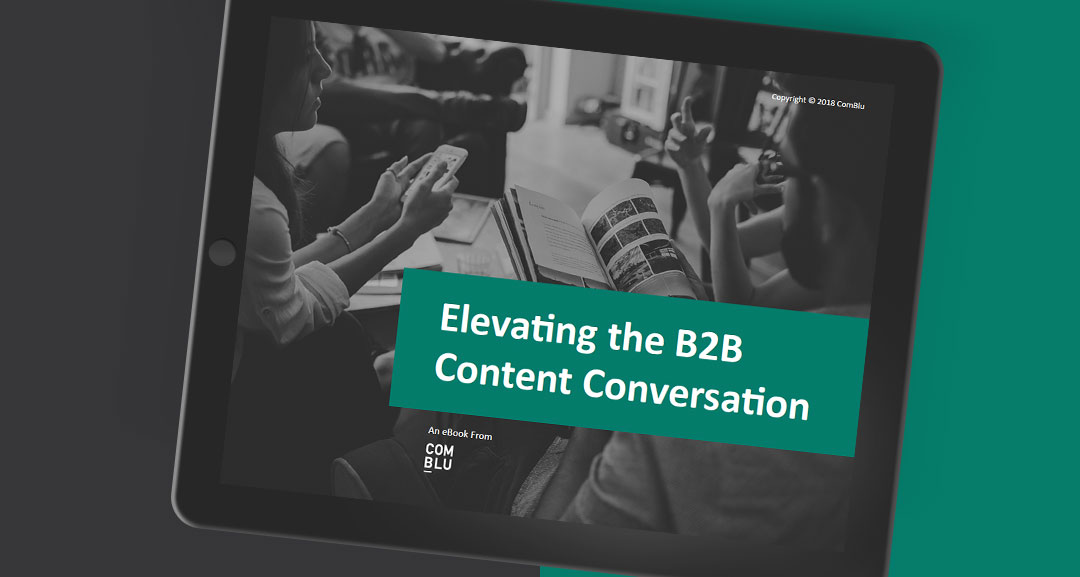
ELEVATING THE B2B CONTENT CONVERSATION

CONTENT INNOVATION

THE ALCHEMY OF CONTENT
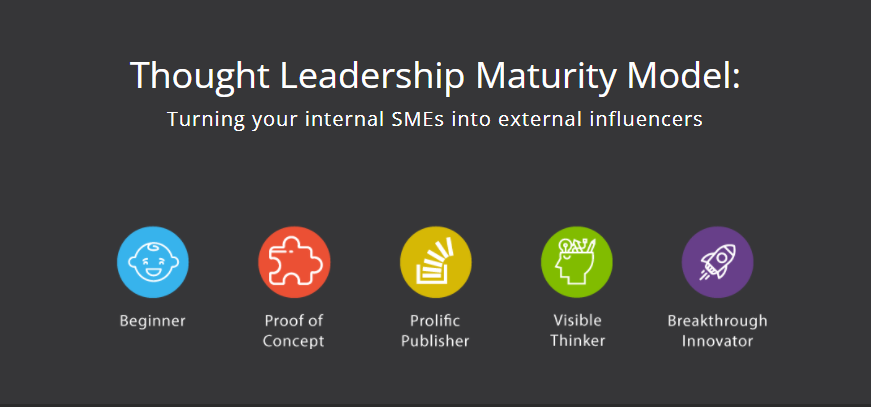
THOUGHT LEADERSHIP MATURITY MODEL

THE CMO'S GUIDE TO PERSONALIZATION
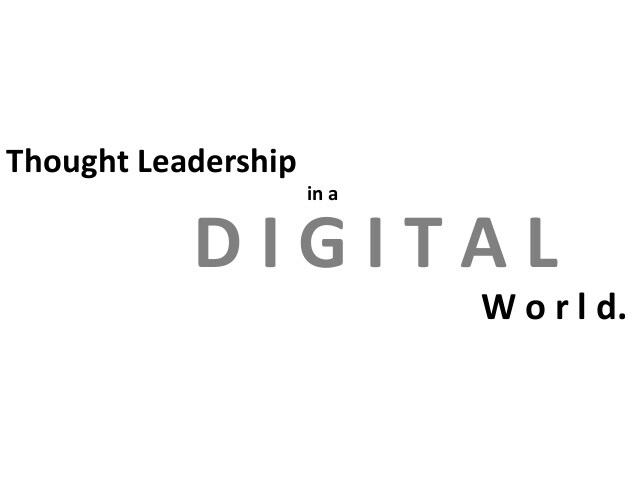
THOUGHT LEADERSHIP IN A DIGITAL WORLD

THE STATE OF ONLINE BRANDED COMMUNITIES - 2011
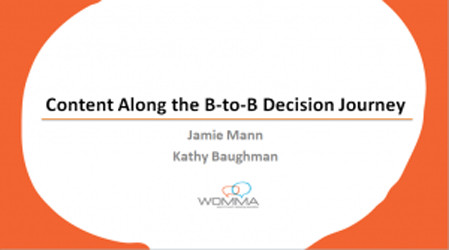
CONTENT ALONG THE B2B DECISION JOURNEY
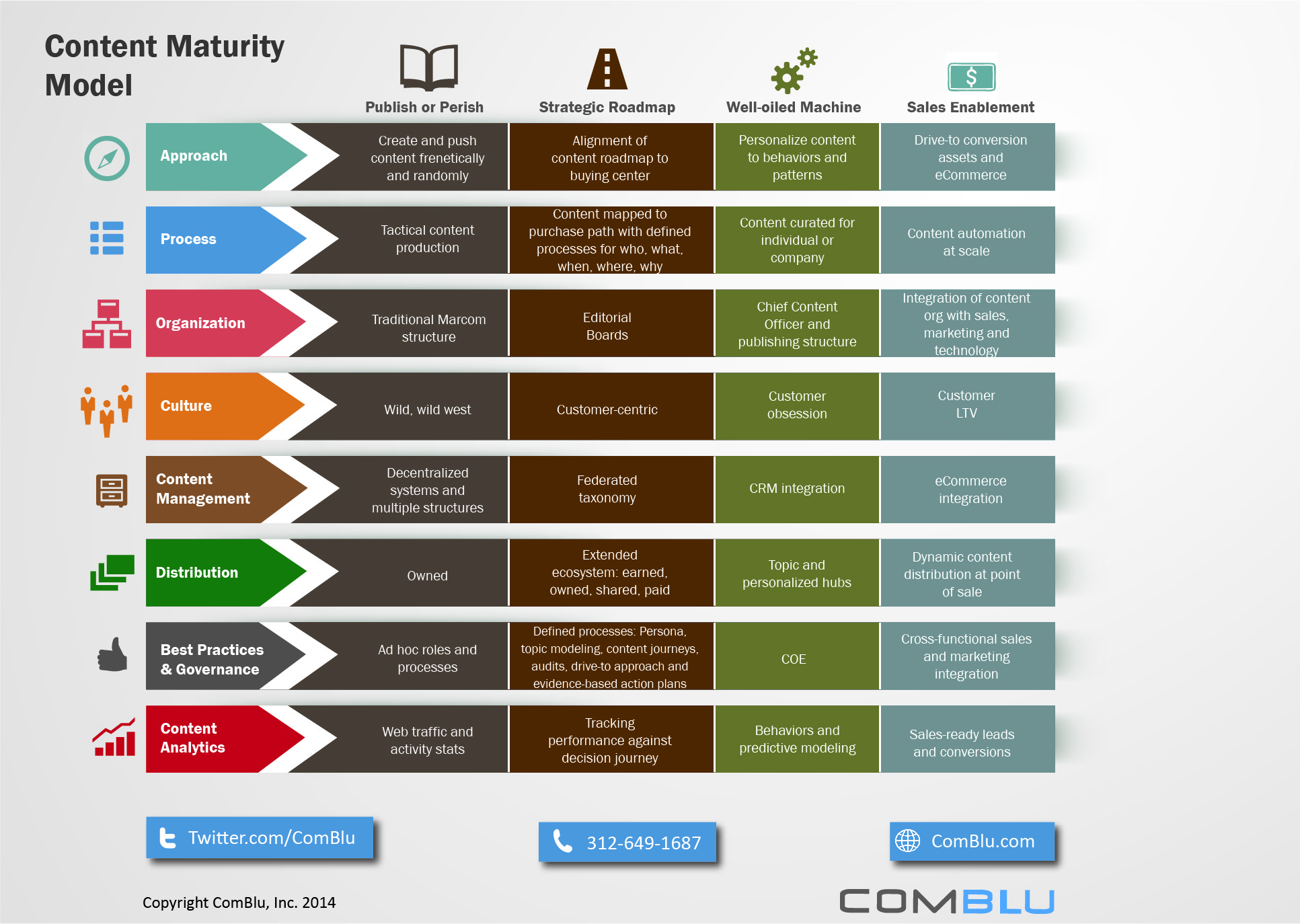
CONTENT MATURITY MODEL

CONTENT OPTIMIZATION WEBINAR
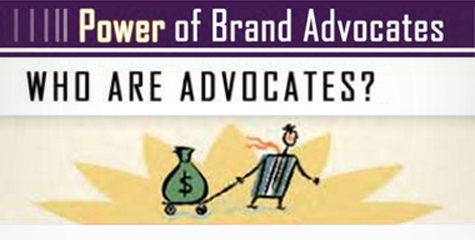
POWER OF BRAND ADVOCATES INFOGRAPHIC
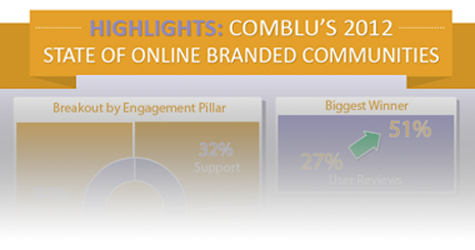
INFOGRAPHIC: STUDY HIGHLIGHTS 2012
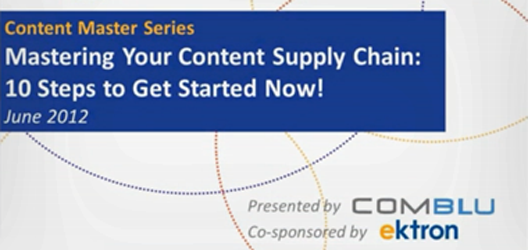
MASTERING YOUR CONTENT SUPPLY CHAIN WEBINAR
COMBLU POCKET GUIDES
Frequently asked about strategies, definitions and frameworks to faciliate communication and collaboration with your colleagues.
What is a content strategy framework?
A content strategy framework is intended to help companies align, clarify, and measure the impact and value of content to broader marketing and business efforts. It typically comprises strategy, measurement, audience targeting, governance and operations.
The ComBlu content strategy framework does double duty by serving as a diagnostic tool and an operational blueprint for new and established teams.
Related Reading: State of content strategy 2021
What is a customer-centric content strategy?
It means an organization’s approach to business is designed around creating a positive experience for the customer. Customer-centricity is a mindset – one that demands a deep understanding of the customer and is reflected in strong operations. That same thinking is applied to your content strategy.
A customer-centric mindset should guide messaging, content development, delivery and experience. Everything should pivot off the customer.
Related Reading: Lessons Learned: Apply a Customer-Centric Framework to Content Strategy
What are the components of an ABM strategy?
There are three core building blocks to account-based marketing (ABM). An ideal customer profile (ICP) describes the type of companies that would be the best fit for its products and services. A Buying Center comprises a set of decision-makers, influencers and approvers who evaluate and purchase those products and services. Buyer personas profile individual roles that include pain points, behaviors and preferences.
Together, these build the foundation for a typical ABM approach that is designed to better inform and align sales and marketing efforts and land high value accounts.
Related Reading: Putting personas into perspectives
How many decision-makers are in a buying center?
A buying center is a team or steering committee that can range from 5-20+. How large this cross-functional group is depends on the level of investment, complexity of product or service, and the breadth of impact on the organization. If it is an enterprise cloud decision, for example, the number of stakeholders involved can grow exponentially.
Decision-making is evolving; all segments from large enterprise and upper middle market companies to smaller organizations and start-ups are adopting these types of procurement protocols. The challenge is that as these decisions are becoming highly complex for buyers, reaching consensus is more difficult.
Related Reading: Buying Center Perspectives
Does buying behavior vary by generation?
Yes. There is a lot written about the impact of four generations in the workplace, with a big emphasis placed on understanding what drives Millennials and Gen Z.
This applies to decision-making groups. Age doesn’t equal authority, but it can impact the product and service requirements. Boomers, Gen X, Millennials and Gen Z want and need different content and experiences to not only help make a purchase decision but to do their jobs.
Related Reading: Buying Center Generations Matrix
Where does thought leadership fit into the buyer's journey?
Thought leadership is both a high value content type and a multi-faceted communications strategy – and as such, can positively influence digital discovery and stakeholder relationships throughout all stages of the journey.
An established and credible earned media presence can help buyers in the selection process and facilitate consensus. Well executed thought leadership programs build awareness; inform, educate and persuade; boost credibility and trust; and strengthen relationships with communities of interest – current and prospective customers, investors, analysts, partners, influencers and the industry at large.
What role does content play across the M&A lifecycle?
Content can play a significant role in all phases of M&A, and it helps position both buyers and sellers in the market. Content is an important tool in the due diligence process because it articulates and communicates key information regarding the target company.
Perhaps most importantly, content can help acquisitions be successful in both positioning the deal with customers and partners and ensuring successful integration with internal stakeholders.






